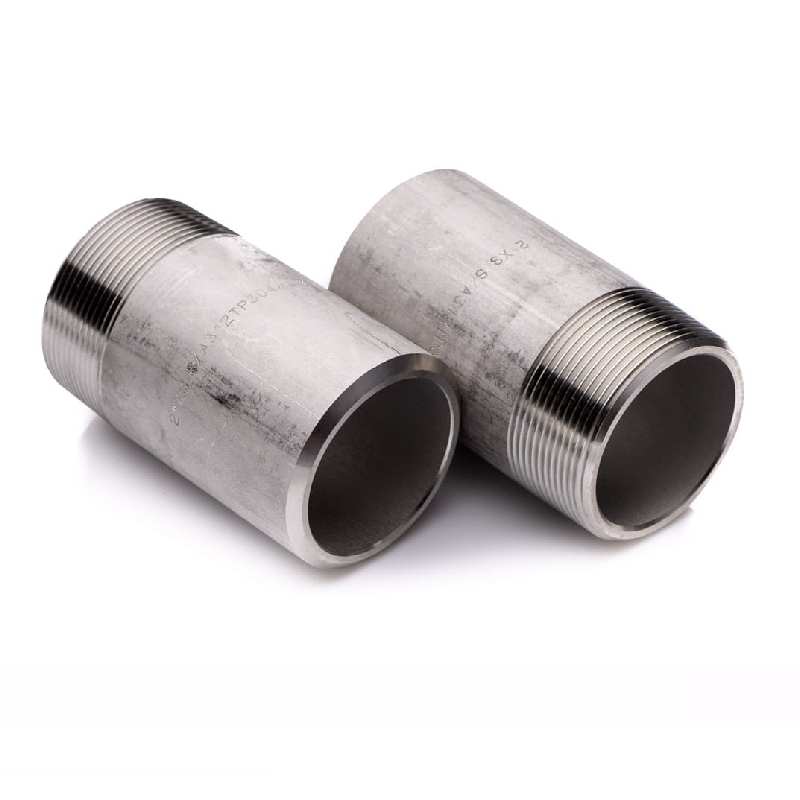-
Cangzhou Yulong Steel Co., Ltd.
-
Phone:
+86 13303177267 -
Email:
admin@ylsteelfittings.com
- English
- Arabic
- Italian
- Spanish
- Portuguese
- German
- kazakh
- Persian
- Greek
- French
- Russian
- Polish
- Thai
- Indonesian
- Vietnamese
- Zulu
- Korean
- Uzbek
- Hindi
- Serbian
- Malay
- Ukrainian
- Gujarati
- Haitian Creole
- hausa
- hawaiian
- Hebrew
- Miao
- Hungarian
- Icelandic
- igbo
- irish
- Japanese
- Javanese
- Kannada
- Khmer
- Rwandese
- Afrikaans
- Albanian
- Amharic
- Armenian
- Azerbaijani
- Basque
- Belarusian
- Bengali
- Bosnian
- Bulgarian
- Catalan
- Cebuano
- China
- China (Taiwan)
- Corsican
- Croatian
- Czech
- Danish
- Esperanto
- Estonian
- Finnish
- Frisian
- Galician
- Georgian
- Kurdish
- Kyrgyz
- Lao
- Latin
- Latvian
- Lithuanian
- Luxembourgish
- Macedonian
- Malgashi
- Malayalam
- Maltese
- Maori
- Marathi
- Mongolian
- Myanmar
- Nepali
- Norwegian
- Norwegian
- Occitan
- Pashto
- Dutch
- Punjabi
- Romanian
- Samoan
- Scottish Gaelic
- Sesotho
- Shona
- Sindhi
- Sinhala
- Slovak
- Slovenian
- Somali
- Sundanese
- Swahili
- Swedish
- Tagalog
- Tajik
- Tamil
- Tatar
- Telugu
- Turkish
- Turkmen
- Urdu
- Uighur
- Welsh
- Bantu
- Yiddish
- Yoruba

Nov . 09, 2024 05:18 Back to list
Flange Design Considerations and Specifications for 3%150 Applications in Engineering Systems
Understanding the 3%150% Flange A Key Component in Modern Engineering
In the world of engineering, particularly in industries like oil and gas, water treatment, and chemical processing, the importance of reliable connections between pipes cannot be overstated. One of the principal components used in these connections is the flange. Among the various types and standards, the 3%150% flange has gained significance, and understanding its dimensions, applications, and advantages is crucial for engineers and technicians alike.
What is a Flange?
A flange is a mechanical component used to join two parts, typically pipes, allowing for easy assembly and disassembly. Flanges create a tight seal between two surfaces, preventing leaks and ensuring the safety and reliability of the systems they serve. They come in various shapes and sizes, each tailored for specific operational demands and load conditions.
The 3%150% Flange Explained
The designation 3%150% refers to the size and pressure rating of this particular flange type. The 3% indicates the nominal diameter of the flange in inches, meaning a 3-inch pipe connection. The 150% refers to the pressure class, which in this case aligns with the American National Standards Institute (ANSI) 150-pound series. This means the flange is designed to withstand a specific pressure rating, in this case, up to 150 psi at room temperature.
Flanges are designed according to various standards, and the ANSI standard is one of the most widely used globally. The 3%150% flange is typically made from materials that can withstand high pressures, such as carbon steel, stainless steel, and alloy materials. These materials offer the necessary strength and corrosion resistance to ensure longevity in service.
Applications of the 3%150% Flange
The 3%150% flange is widely used in various applications across different industries. Here are some notable ones
1. Pipelines In the oil and gas sector, 3%150% flanges are integral components for connecting pipes that transport hydrocarbons. Their ability to maintain pressure without leaking is vital for the safety and efficiency of these pipelines.
3 150 flange

2. Water Supply Systems In municipal water systems, these flanges facilitate connections between pipes, valves, and other equipment while ensuring a secure seal to prevent leaks.
3. Chemical Processing In industries dealing with hazardous materials, 3%150% flanges play a crucial role in connecting reactors, heat exchangers, and storage tanks, ensuring that the transported substances remain contained.
Advantages of the 3%150% Flange
The benefits of using 3%150% flanges are manifold. Here are a few key advantages
- Versatility The flange can be used in various applications, making it a cost-effective choice for engineers looking for consistent components across different systems.
- Ease of Maintenance Flanged connections allow for easier maintenance and inspection compared to welded joints. If a connection needs to be disassembled, it can be done quickly and without damage.
- Pressure Resistance Designed to handle up to 150 psi, the 3%150% flange ensures secure connections even under considerable operational pressure, reducing the risk of failures.
- Material Selection With a variety of material options available, engineers can select the appropriate flange based on the specific environmental conditions it will face, including temperature and corrosive substances.
Conclusion
In summary, the 3%150% flange is an essential component that underscores the importance of effective connections in piping systems. Its design, adherence to ANSI standards, and versatility across multiple industrial applications illustrate its significance in modern engineering. Engineers and technicians must understand the characteristics and advantages of the 3%150% flange to ensure the reliability and safety of the systems they implement. As industries continue to evolve, the role of such critical components will undoubtedly remain vital in fostering innovation and efficiency.
Latest news
-
ANSI 150P SS304 SO FLANGE
NewsFeb.14,2025
-
ASTM A333GR6 STEEL PIPE
NewsJan.20,2025
-
ANSI B16.5 WELDING NECK FLANGE
NewsJan.15,2026
-
ANSI B16.5 SLIP-ON FLANGE
NewsApr.19,2024
-
SABS 1123 FLANGE
NewsJan.15,2025
-
DIN86044 PLATE FLANGE
NewsApr.19,2024
-
DIN2527 BLIND FLANGE
NewsApr.12,2024
-
JIS B2311 Butt-Welding Fittings LR/SR 45°/90° /180°Seamless/Weld
NewsApr.23,2024











